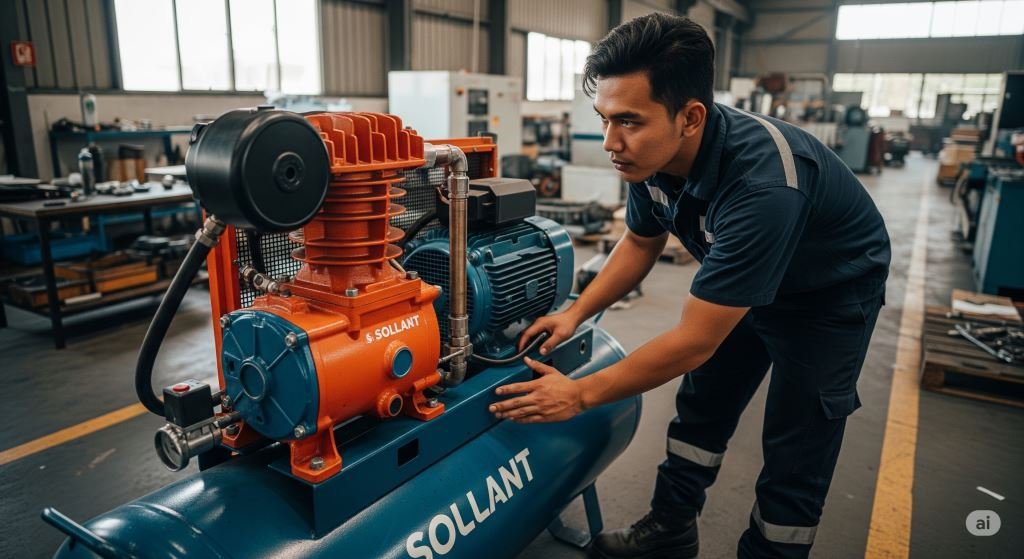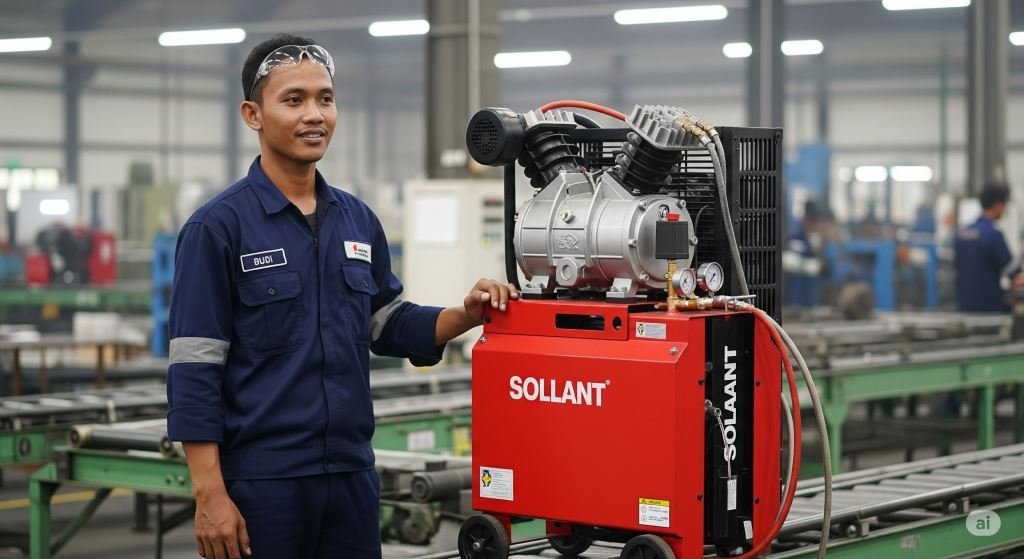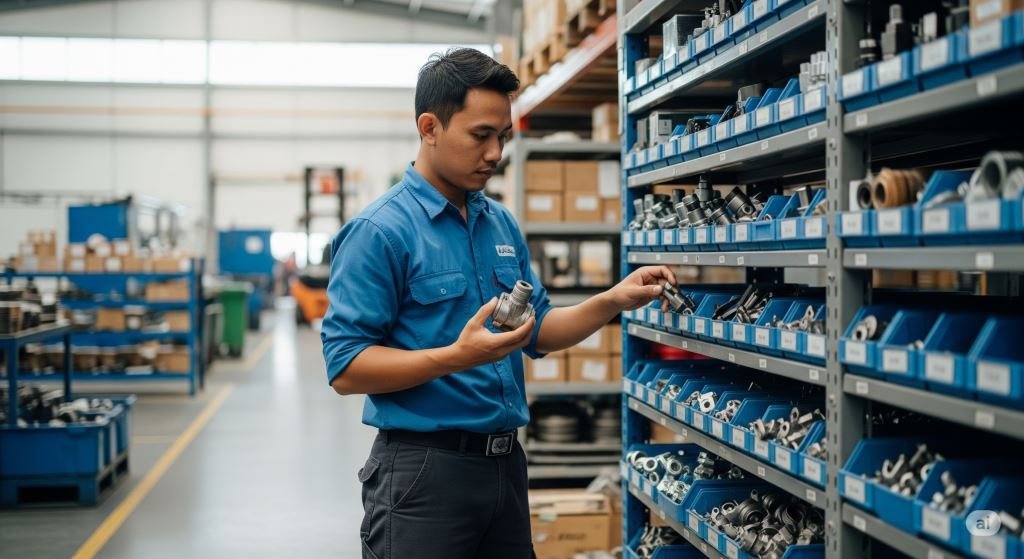PT Nissandi Kompresindo – When shopping for or operating an air compressor, two important measurements you’ll come across are PSI and CFM. These values determine the performance of your compressor and whether it can handle the tools or applications you need. Let’s break down what they mean and why they matter.
✅ What Is PSI
PSI (Pounds per Square Inch) refers to the pressure level the compressor can produce. In simple terms, it tells you how strong the air force is when it’s delivered from the compressor.
-
Higher PSI = stronger pressure
-
PSI affects the ability to power high-pressure tools
-
Most pneumatic tools require 90–150 PSI
Example:
A tire inflator might only need 100 PSI, while industrial tools like sandblasters require 150 PSI or more.
✅ What Is CFM
CFM (Cubic Feet per Minute) measures the volume of air the compressor can deliver. It tells you how much air is available for use at a given pressure.
-
Higher CFM = more air available for tools
-
Important for tools that use air continuously (e.g., grinders, paint sprayers)
Tip: If your tools require steady airflow, focus more on the CFM than PSI.
✅ PSI vs CFM What’s More Important
| Tool or Usage | PSI Needed | CFM Needed |
|---|---|---|
| Tire Inflation | 90–120 | Low (2–4) |
| Spray Painting | 40–60 | Medium (6–10) |
| Impact Wrench | 90–100 | Medium (4–6) |
| Sandblasting | 100–150 | High (10–20+) |
| Industrial Tools | 120–175 | High (15+) |
In short:
-
PSI = Power
-
CFM = Volume of air flow
You need both to match your tool and process requirements.
✅ How PT Nissandi Kompresindo Helps
We supply a wide range of compressors with different PSI and CFM specifications, including:
-
Sollant
-
Atlas Copco
-
Ingersoll Rand
Our experts will help you select the perfect compressor based on:
-
Your tool requirements
-
Type of industry
-
Duration and frequency of use
We serve industries across:
📍 Banten, Jakarta, West Java, East Java






